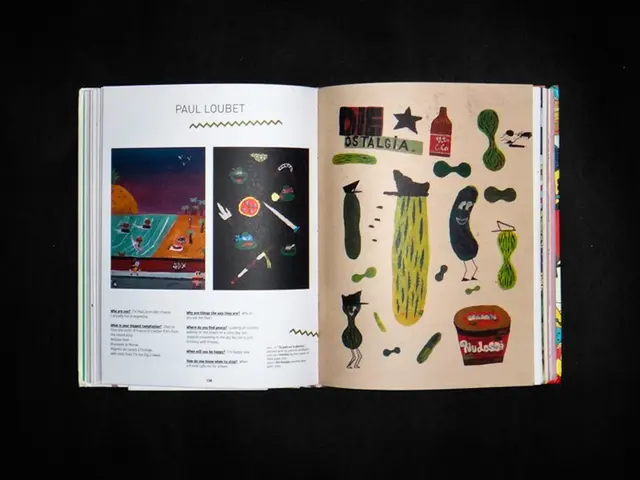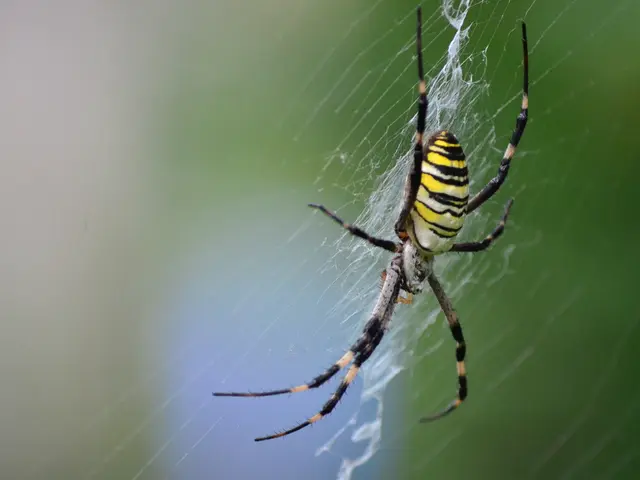Traditional Estonian beliefs and practices sustained during Jaanipäev celebrations.
Celebrating Midsummer Magic in Estonia: A Tradition Runs Deep
Midsummer Eve (Jaaniohtu) and Midsummer Day (Jaanipaev) are two of the most significant holidays in Estonia, drawing crowds across the country for a week-long celebration filled with singing, dancing, and bonfires. These festivities, collectively known as Jaanipäev, hark back to ancient traditions and customs, artfully blending pagan rituals with modern practices.
The brief, yet intense Estonian summers hold a special significance. Jaaniohtu and Jaanipaev follow the summer solstice, which marks the longest day and shortest night of the year, a contrast starkly felt in the northern hemisphere.
Ancient Origins, Enduring Customs
Long before Christianity reached Estonia, the Midsummer feast was already celebrated. The influence of Christianity, however, didn't stifle the pagan beliefs and fertility rituals that surrounded the holiday. In fact, the name "Midsummer" finds its roots in ancient Celtic and Germanic traditions, denoting the midpoint between the spring and autumn equinoxes.
As chronicled by Balthasar Rüssow in 1578, some Estonians were more ardent about their Midsummer celebrations than attending church services. Despite the crusaders' influence, the deep-rooted traditions persisted.
Following Estonia's War of Independence in 1919, Midsummer's Day was combined with Victory Day (Võidupüha) to commemorate Estonia's triumph over traditional oppressors, casting Midsummer's lighting of bonfires in a new light, symbolizing independence and freedom.
An Agro-Folkloric Root
Midsummer Eve marked a shift in the agricultural calendar, signaling the transition from spring sowing to the demanding work of summer haymaking. This agro-folkloric context gives rise to rituals such as the lighting of bonfires, a ward against bad luck and evil spirits, ensuring a successful harvest.
Midsummer's Eve is also associated with romance and love in Estonian fairy tales and literature. Legends speak of two lovers, Koit (Dawn) and Hämarik (Dusk), who meet once a year on the shortest night to exchange a fleeting kiss. Earthbound lovers brave the forests in search of the fern flower, believed to bloom only on this enchanted night.
Free Spirit, Enduring Resilience
Despite years of occupation, the Soviet Union made no attempt to suppress the Midsummer celebrations. This unabated spirit served as a tangible reminder of Estonia's past independence, a testament to the enduring resilience of Estonians.
The tradition of the Estonian president lighting the morning bonfire on Victory Day was revived after Estonia reclaimed its independence in 1991. Since then, a flame of independence has been carried across the country to ignite countless bonfires, a testament to Estonia's unwavering spirit. In 1992, Jaanipäev was declared a national holiday.
Inboth small celebrations at home and larger events, Estonians gather to celebrate their Midsummer traditions in song, dance, feasting, and bonfire lighting, a testament to customs preserved and celebrated for centuries. Estonian expats around the world often celebrate a week or two in advance, and those who can travel to Estonia for the authentic experience.
Lennart Meri's Take
Legendary writer and film director, as well as former Estonian president (1992-2001), Lennart Meri, offered a unique perspective on Jaanipäev in his book, Silverwhite (1976). Meri suggested that the traditions of Jaanipäev could re-enact the fall of the Kaali meteorite in Saaremaa. This idea posits that the bonfires and celebrations symbolize Estonia's connection to its ancient past[1][6].
Read also: Why Estonians Celebrate Midsummer on June 23? and In the Heart of Estonia: A Midsummer Night’s Celebration*
[1] https://estonia.travel/en/festivals-celebrations/jaanipaelid[2] https://www.nytimes.com/2019/06/21/travel/midsummer-celebrations-europe.html[3] https://globalhomelive.com/alternative-summer-solstice-celebrations/[4] https://estoniatouristboard.revize.eu/en/midsummer-night[5] https://welcometallinn.ee/en/articles/estonian-sauna-culture[6] https://www.estonianworld.com/culture/understanding-the-estonian-summer-solstice/
People across Estonia gather for a week-long celebration called Jaanipäev, filled with singing, dancing, and bonfires, which hold significant meaning as they commemorate the longest day and shortest night of the year. The ancient origins of Midsummer Eve in Estonia can be traced back before Christianity, with pagan rituals and fertility traditions that persisted despite the influence of Christianity. Following Estonia's War of Independence in 1919, Midsummer's Day was combined with Victory Day, symbolizing the country's independence and freedom.
The agricultural calendar plays a role in the Midsummer festivities, as it signifies the transition from spring sowing to summer haymaking. Rituals such as lighting bonfires are believed to ward off bad luck and evil spirits, ensuring a successful harvest. Midsummer's Eve is also associated with romance and love in Estonian folklore.
Despite years of occupation, the Midsummer celebrations remained unabated, serving as a testament to the enduring resilience of Estonians. The tradition of the Estonian president lighting the morning bonfire on Victory Day was revived after Estonia reclaimed its independence in 1991, and since then, a flame of independence has been carried across the country. The Midsummer traditions continue to be celebrated in Estonia through song, dance, feasting, and bonfire lighting, and are also celebrated by Estonian expats around the world.
Former Estonian president Lennart Meri suggested that the traditions of Jaanipäev could re-enact the fall of the Kaali meteorite in Saaremaa, symbolizing Estonia's connection to its ancient past.




